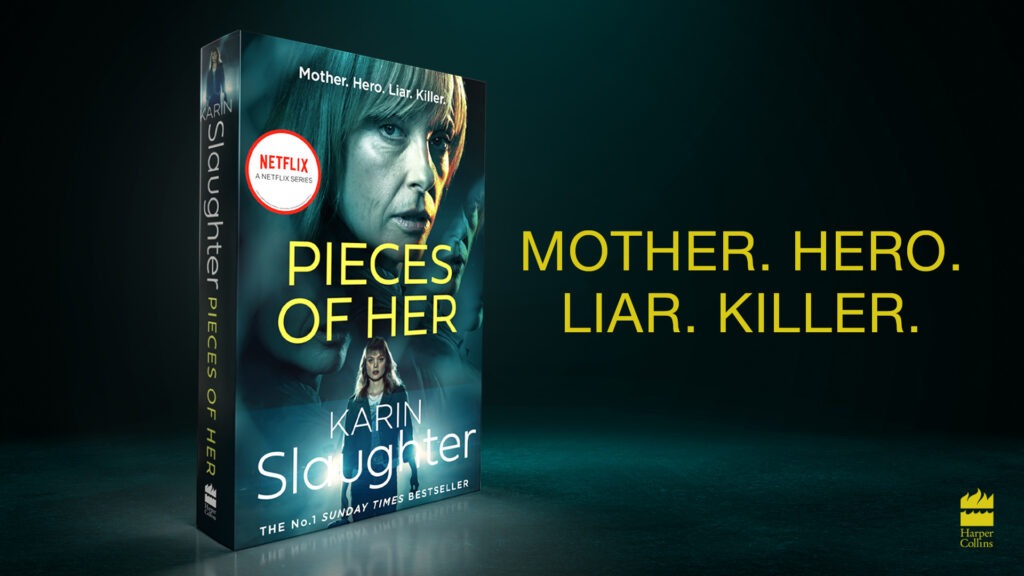A fascinating exploration of the contents of Agatha Christie’s 73 recently discovered notebooks, including illustrations, deleted extracts, and two unpublished Poirot stories.
When Agatha Christie died in 1976, aged 85, she had become the world’s most popular author. With sales of more than two billion copies worldwide in more than 100 countries, she had achieved the impossible – more than one book every year since the 1920s, every one a bestseller.
So prolific was Agatha Christie’s output – 66 crime novels, 20 plays, 6 romance books under a pseudonym and over 150 short stories – it was often claimed that she had a photographic memory. Was this true? Or did she resort over those 55 years to more mundane methods of working out her ingenious crimes?
Following the death of Agatha’s daughter, Rosalind, at the end of 2004, a remarkable secret was revealed. Unearthed among her affairs at the family home of Greenway were Agatha Christie’s private notebooks, 73 handwritten volumes of notes, lists and drafts outlining all her plans for her many books, plays and stories. Buried in this treasure trove, all in her unmistakable handwriting, are revelations about her famous books that will fascinate anyone who has ever read or watched an Agatha Christie story.
What is the ‘deleted scene’ in her first book, The Mysterious Affair at Styles? How did the infamous twist in The Murder of Roger Ackroyd, really come about? Which very famous Poirot novel started life as an adventure for Miss Marple? Which books were designed to have completely different endings, and what were they?
Full of details she was too modest to reveal in her own Autobiography, this remarkable new book includes a wealth of extracts and pages reproduced directly from the notebooks and her letters, plus for the first time two newly discovered complete Hercule Poirot short stories never before published.
Read an extract from Agatha Christie’s Secret Notebooks
Buy Agatha Christie’s Secret Notebooks on Amazon
Mike’s Review
The recently departed and much-missed Keith Waterhouse once described stationery as being pornography for writers. Other writers nod their head in agreement. Most writers I know ogle new pens and pencils, slaver over filing boxes, and even boxes of coloured paperclips fill us with glee. But nothing more so than a notebook.
Writers like Hemingway and Bruce Chatwin were devotees of the chic and ultra-expensive Moleskine notebooks from Paris, but there were no such pretensions for Agatha Christie. I loved the new book by John Curran, Agatha Christie’s Secret Notebooks, as soon as I opened it and saw the endpapers. For there are the covers of her notebooks reproduced in all their simple glory. Yes, I thought, she used a Lion Brand Cash Book, a Silverine Exercise Book, a Marvel Exercise Book (price one old shilling). You can still buy Lion Brand and Silverine notebooks today (I use one to keep my accounts in) and, of course, still buy the dozens of brilliant books that Dame Agatha sketched out in them.
And very sketchy they were, for the most part. The author John Curran was faced with a more Herculean task than even Poirot had to contend with. The notebooks are not chronological, and though they are numbered, they’re not used in numerical order. Notes for books, plays and stories years apart would appear in the same notebook, and the author’s handwriting was notoriously hard to read. It needed someone with an encyclopaedic knowledge of Agatha Christie’s work to make sense of the books, and Curran certainly has that. For years he edited the Agatha Christie Newsletter, and is currently writing a doctoral thesis on Agatha Christie at Trinity College, Dublin.
This is no dry academic book, though, but an entertaining read that will fascinate Agatha’s loyal fans. We read how she considered sending Miss Marple to deal with Death on the Nile but felt Poirot would be more at home in the foreign setting, how she often plotted a story without knowing which of the characters would be the victim or the villain, and how unplanned many of her works were, even though the reader would assume they had to be meticulously plotted-out in advance.
The Secret Notebooks are a testimony to the amazing skills – and the dedication – of this modest woman from Torquay, who turned into the best-selling modern writer in the world. The inclusion of two previously unpublished Poirot stories is a nice bonus, even if they’re not her greatest works. I’d recommend buying the hardback too, just to see those lovely endpapers.


